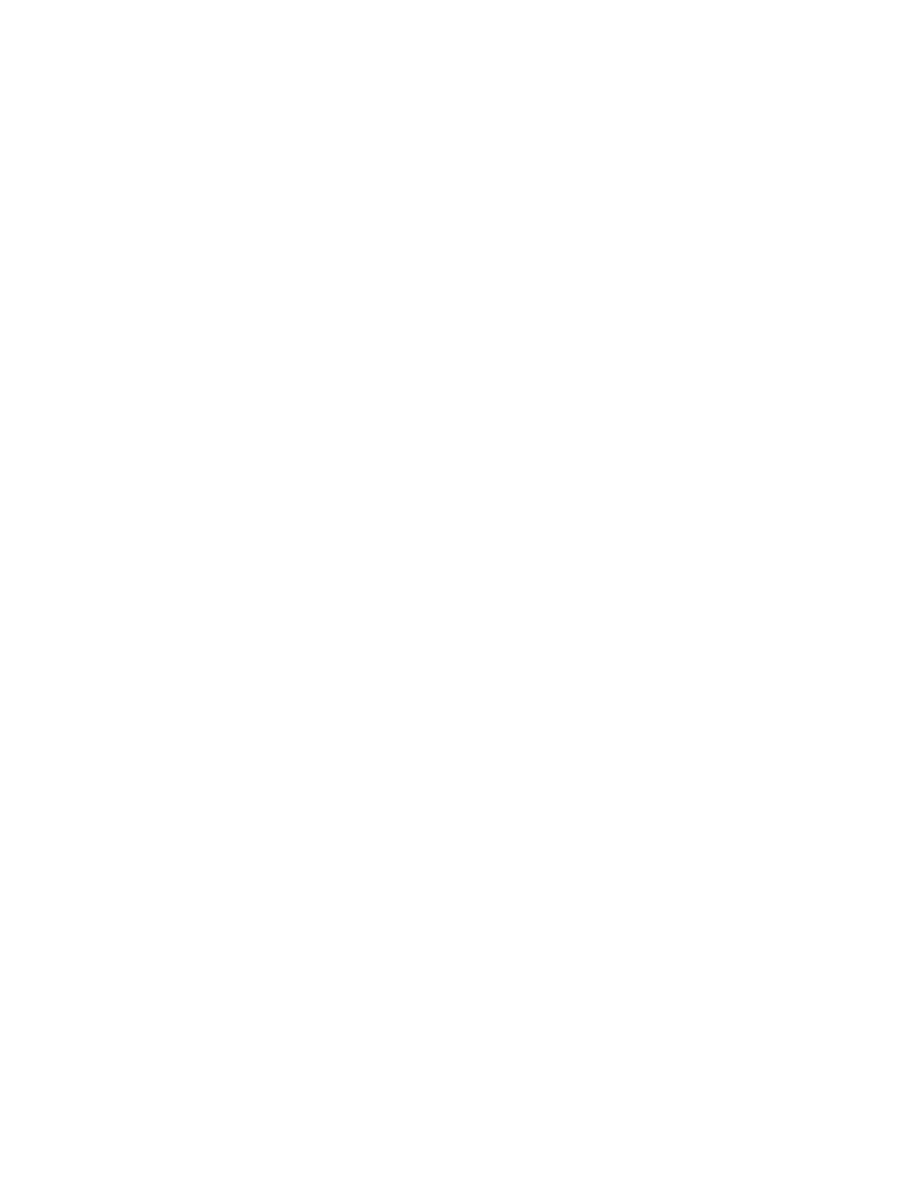Express 2500 V8-6.6L DSL Turbo VIN 2 (2007)

1. Start and run the engine until the ECT is more than 82°C (180°F).
2. Turn OFF all accessories.
3. Perform the fuel pressure regulator test. Refer to Fuel Pressure Regulator Diagnosis. See: Computers and Control Systems/Testing and
Inspection/Component Tests and General Diagnostics/Fuel Pressure Regulator Diagnosis
‹› If the fuel pressure regulator graph was not normal, replace the fuel pressure regulator. Refer to Fuel Pressure Regulator Replacement.
4. Place the transmission in Neutral and apply the parking brake.
5. Hold the brake pedal in the fully applied position. A hiss will be noticeable when the brake is fully applied.
6. Idle the engine for more than 30 seconds.
7. Record the Balancing Rate Cyl.1-8 parameters from the scan tool while the engine is at idle speed.
‹› If at least 5 of the Balancing Rates are more than +4 cu.mm, Refer to Engine Flywheel Replacement.
‹› If the Balance Rates are not between +4 cu.mm and -4 cu.mm at idle, perform the Cylinder Power Balance Test in Special Functions.
Important: The Cylinder Power Balance Test must be performed under the conditions for which the concern occurred. The concern
must be duplicated during the test.
8. Record any cylinders that indicate a different cylinder power contribution and compare the Balance Rates previously recorded with the Cylinder
Power Balance results.
‹› If the Balance Rates were not high or the Cylinder Power Balance test did not indicated a cylinder with a different power contribution, refer to
Diagnostic Aids.
Important: A fuel injector leak into the combustion chamber may result in mechanical damage to the cylinder. If any fuel spray comes
out of a glow plug hole during the compression test, replace the fuel injector of the affected cylinder.
9. Perform the engine compression test. Refer to Engine Compression Test. See: Tune-up and Engine Performance Checks/Compression
Check/Testing and Inspection
‹› If the compression test indicated any of the cylinder had low compression, Refer to Symptoms - Engine. See: Engine, Cooling and
Exhaust/Engine/Testing and Inspection/Symptom Related Diagnostic Procedures/- Symptoms - Engine Mechanical
Important: Refer to Injection System Components in Engine Controls Component Views. Failure to correctly identify the cylinder
positions may result in the replacement of the wrong fuel injector.
Important: During replacement of the injectors, inspect the inlet and outlet fittings of the injectors for corrosion or contamination. Refer
to Contaminants-in-Fuel Diagnosis. See: Computers and Control Systems/Testing and Inspection/Component Tests and General
Diagnostics/Contaminants-in-Fuel Diagnosis
10. If the engine did not have low compression on any of the cylinders, replace the fuel injectors on the cylinders that had poor cylinder power
contribution, high balance rates, or a noise/smoke change during cancellation. Refer to Fuel Injector Replacement (Left) Fuel Injector
Replacement (Right).
11. Operate the vehicle under the conditions in which the concern occurred.
Repair Instructions
Perform the Diagnostic Repair Verification after completing the diagnostic procedure.
*
Fuel Pressure Regulator Replacement
*
Fuel Injector Replacement (Left) Fuel Injector Replacement (Right) See: Computers and Control Systems/Testing and Inspection/Diagnostic
Trouble Code Tests and Associated Procedures/Verification Tests and Procedures
